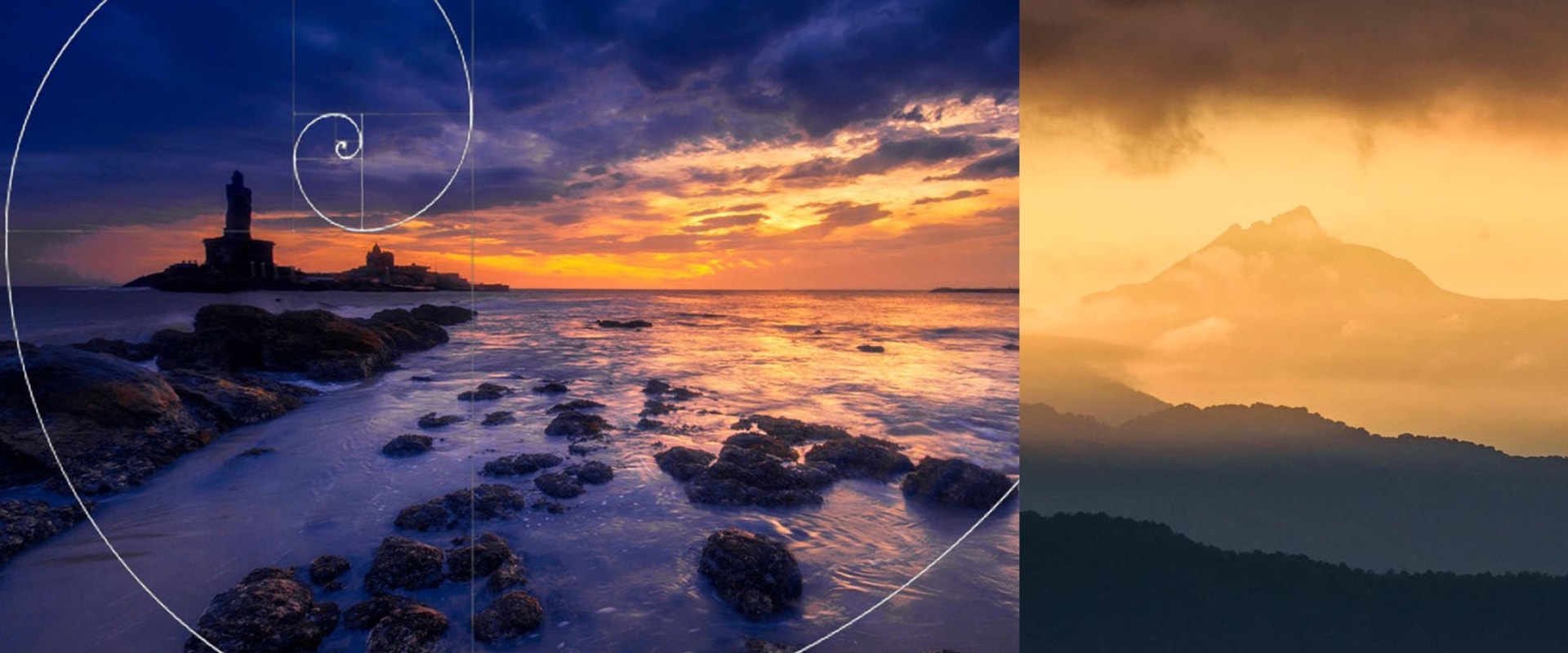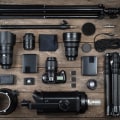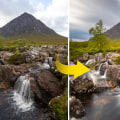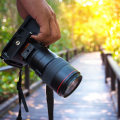Landscape photography is a beautiful way to capture the beauty of nature, and it's also a great opportunity for photographers to showcase their skills. However, mastering the art of landscape photography takes more than just a good eye and technical skill. As a photographer, you also need to have a solid understanding of composition, lighting, and color. In this article, we'll share some valuable marketing tips for photographers to help you create stunning landscape photos that will impress your audience. From understanding the fundamentals of photography to honing your composition skills, this article will give you the tools you need to create truly memorable landscape photographs.
So, let's get started!When composing your landscape photos, there are several elements you should consider.
First
, pay attention to the foreground and background of your scene. Look for interesting elements in both that will draw attention to the image. You should also consider the color and texture of the elements in the scene.Look for contrasts between colors and textures that will make the scene more visually interesting. Next, take advantage of leading lines. Leading lines are elements in the frame that lead your eye from one point to another, creating a sense of direction. Look for lines created by roads, rivers, or other objects that will help guide the viewer's eye through the frame.
You should also pay attention to the light and shadows in your photo. Try to find a balance between the two that will create a visually pleasing contrast. Be mindful of how the light will affect the colors and textures in the frame as well. When possible, try to incorporate people or animals into your landscapes.
This can add an interesting element to your photo and draw attention to the main subject. Additionally, look for patterns and shapes in the scene that will help create a sense of balance and harmony. Finally, use the rule of thirds when composing your photos. The rule of thirds involves dividing your frame into nine equal parts and placing your main subject at one of the intersections of those lines. This will help create a visually pleasing composition that draws the viewer's eye directly to the main subject.
Experiment with Different Angles
Don't be afraid to experiment with different angles when taking landscape photos.When photographing landscapes, try to get creative with your angles and take photos from different heights and perspectives. Taking photos from lower angles or higher angles can help give your images a unique perspective. Photographing landscapes from a higher angle can help you capture a wider view of the scene, while shooting from a lower angle can help you emphasize certain elements, such as rocks or trees, in the foreground. Experimenting with different angles can also help you create interesting compositions that draw viewers in and add visual interest to your photos.
Creating Depth in Your Landscape Photos
Creating Depth in Your Landscape PhotosUsing depth is an effective way to create a more dynamic image. Look for elements that are closer to or farther away from your camera that will help create a sense of depth in your image.You can also use wide-angle lenses or telephoto lenses to emphasize the depth in your scene. By including objects in the foreground and background of your image, you can create a sense of depth that will draw the viewer into the scene. Experiment with different angles and perspectives to maximize the depth in your photos. When using wide-angle lenses, try to fill the frame with interesting elements that will draw the viewer’s eye into the scene. Pay attention to how far away from your camera each element is, and look for opportunities to include elements that are both close and far away.
This will create a sense of depth and add more interest to your photos. Telephoto lenses can also be used to create a sense of depth in your landscape photos. By zooming in on distant elements, you can emphasize the depth of the scene and draw the viewer’s attention to the different elements in your image. Look for opportunities to use leading lines, such as roads or rivers, to draw the viewer’s eye deeper into the scene. By using these composition tips for landscapes, you can create stunning images that capture the beauty of the natural world. Experiment with different angles and compositions to create depth in your landscape photos, and take some time to practice these techniques until you find the one that works best for you.
With the right composition, you can create beautiful landscape photos that will be admired by many.








